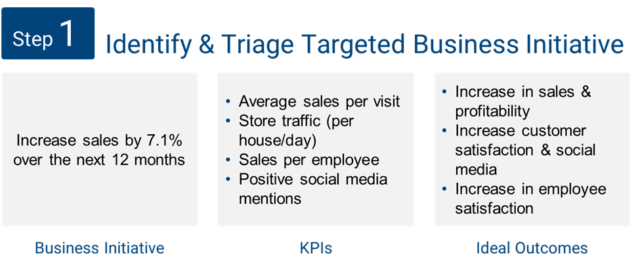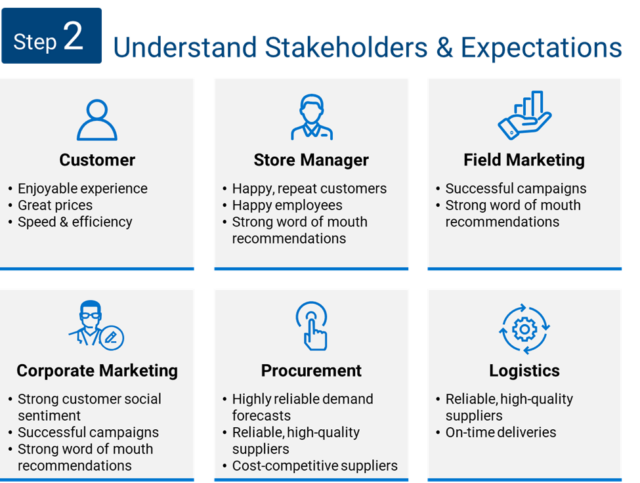“Begin with an end in mind” —from “The 7 Habits of Highly Effective People” by Stephen Covey
In our previous blog, we introduced the concept of The Dell Data Management Journey Map – a map that guides organizations in their ability to leverage their data and advanced analytics to accelerate their journey from business need to business outcome.
The business importance of data management has grown dramatically over the past couple of years as leading artificial intelligence (AI) pundits have advocated for the transition from algorithm-centric AI to data-centric AI. Dr. Andrew Ng, Stanford professor and the godfather of modern AI, has been championing the critical transition of spending less time tweaking the AI algorithms, and instead investing more time improving the data quality, latency, granularity and robustness that power the AI models.
“If 80 percent of our work is data preparation, then ensuring data quality is the important work of a machine learning team.” – Andrew Ng¹
Professor Ng’s message is quite clear. While tweaking AI math algorithms will lead to incremental improvements in the effectiveness of AI models, we can achieve much larger improvements through quality and completeness improvements in the data that feed the AI algorithms. And as an added benefit, improvements in the data sets also improve the predictive performance of any use cases that use that same data set – the basis for the Schmarzo Data Economic Multiplier Effect.
Yeah, us old data dogs know this observation as GIGO, or “garbage in, garbage out.”
Starting Your Data Management Journey
In his seminal book “The 7 Habits of Highly Effective People,” Stephen Covey famously said, “Begin with an end in mind.” And your data management journey starts with the same advice: Identify, understand and collaborate around a targeted, well-articulated business need, challenge or initiative. This is step one.
So, to ensure a successful data management journey, we must first understand user intent. That is, what is the user trying to accomplish? How will he or she measure success? To thoroughly determine and understand user intent, we must address the following questions as the first step in our data management journey.

Which business initiative are we trying to address? What are the KPIs and metrics against which we will measure progress and success? What are the desired or ideal outcomes?
And while addressing these questions is a great start, you also need to engage key internal and external stakeholders – those who impact or are impacted by the initiatives – making sure to understand their perspectives as the first step in your data management journey.

What are these stakeholders’ desired outcomes? What KPIs and metrics will they use to measure success? What are the potential ramifications and risks from the failure of the initiative?
Gaining a thorough and holistic perspective on those questions requires collaboration across internal and external stakeholders. Not only does this help to ensure the data management efforts and resulting AI outcomes are properly aligned and focused, but it also creates buy-in from these key stakeholders who will be responsible for applying the data and AI results to their daily jobs.
Also, close collaboration with the subject matter experts drives better outcomes. If data science is about identifying those variables and metrics that “might” be better predictors of performance (otherwise known as ML features), then engaging and empowering the subject matter experts is critical to identifying those variables, metrics and supporting data sources that “might” lead to more relevant and accurate analytic results.
“If you don’t have enough ‘might’ moments, you’ll never have any ‘breakthrough’ moments.”
If AI has the business and economic potential to transform every industry and every aspect of society, and quality of data directly drives the effectiveness of the AI models, then it’s logical to see the transformation of data management from an IT practice into a business discipline –focused on leveraging data and analytics to deliver more relevant, more meaningful and more material business and operational outcomes.
Let Dell Data Management Lead the Way
Learn more about the Data Management Journey with our interactive infographic here. And stay on the lookout for our blog on step two of the data management journey, coming next month. You can also learn more about Dell Data Management solutions on our Enterprise Data Management page.
1 Andrew Ng, Deep Learning AI, The Batch, Issue 84. May 24, 2021.
Previous blogs in series


